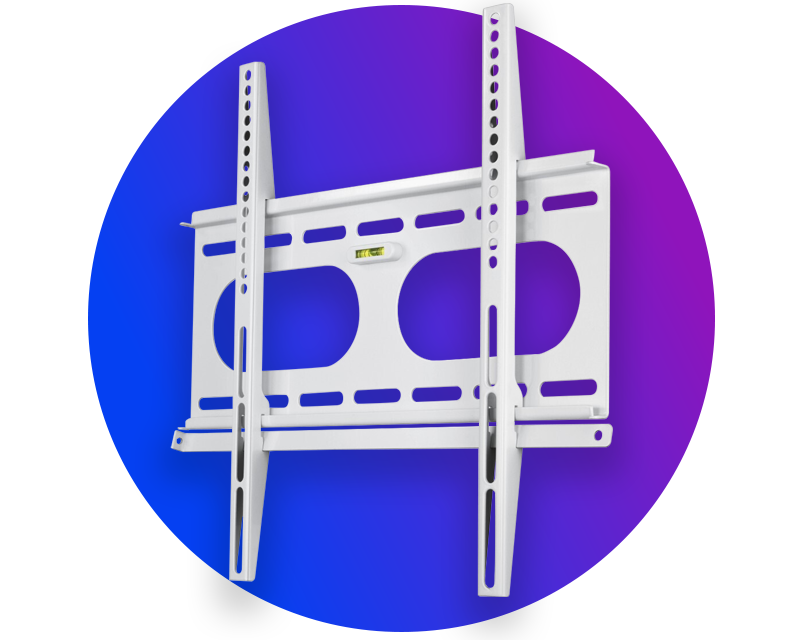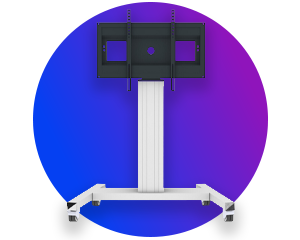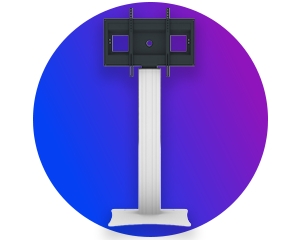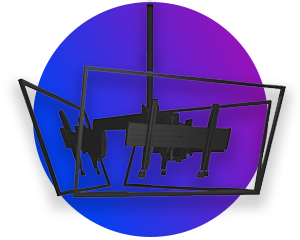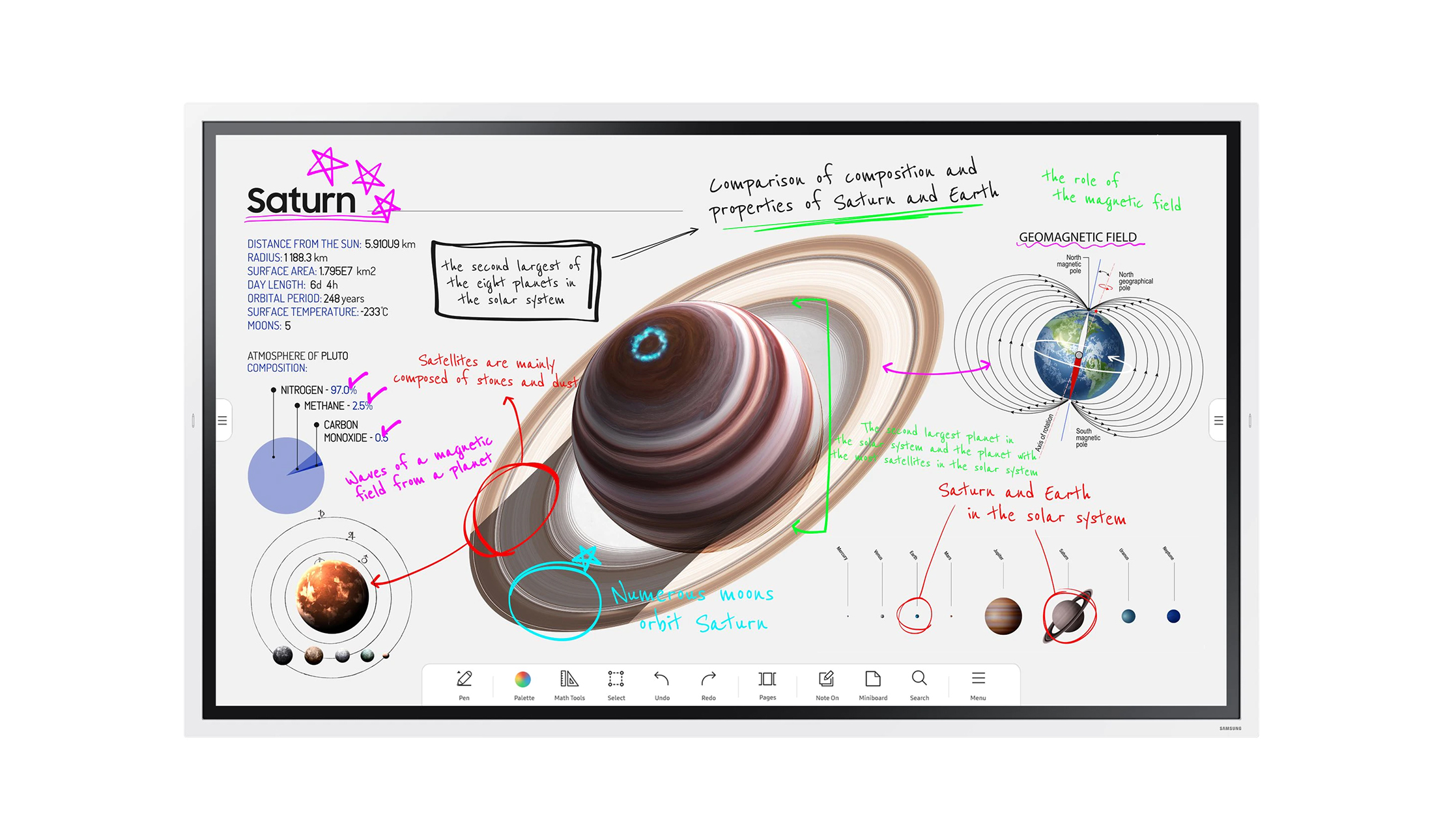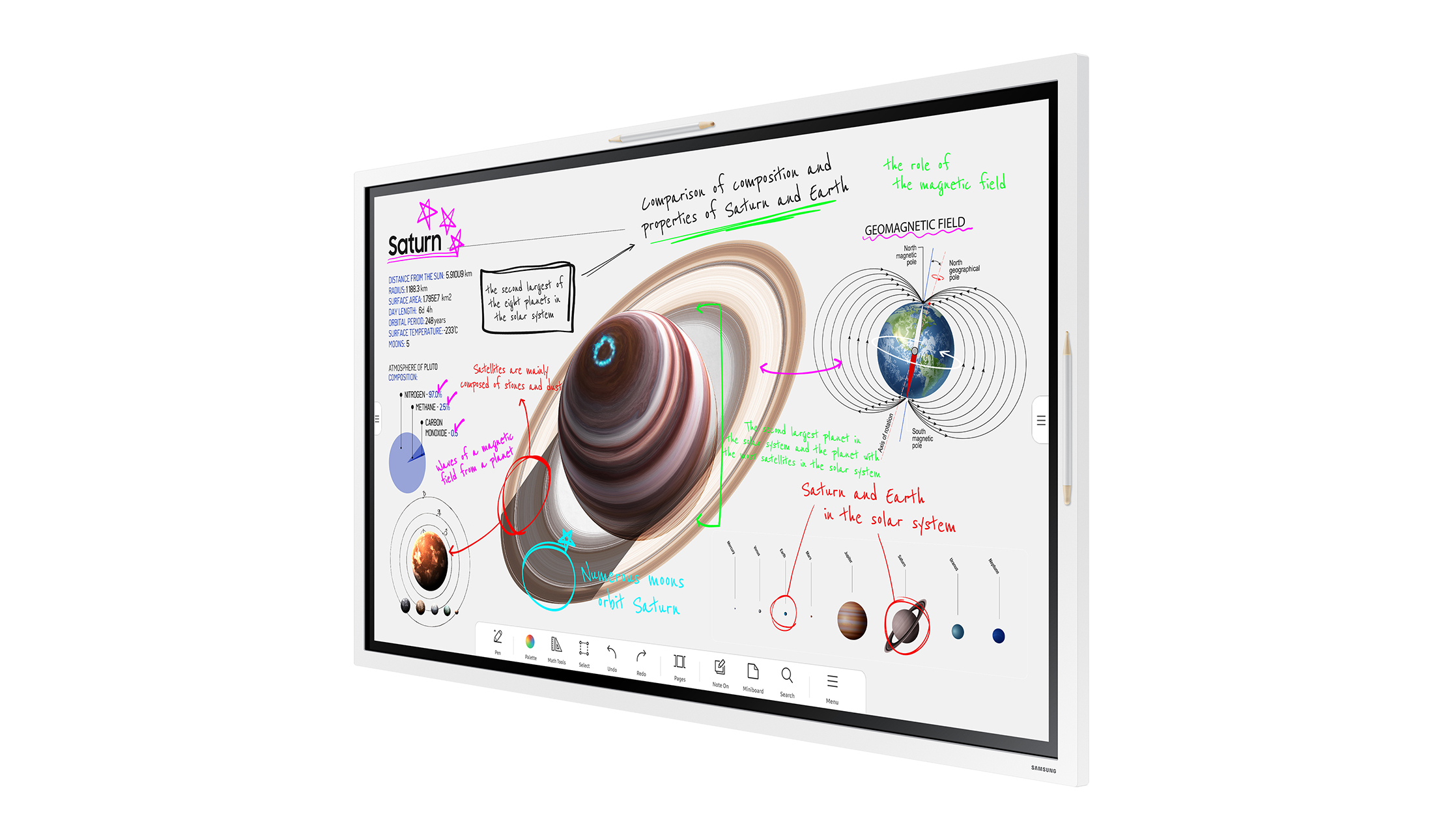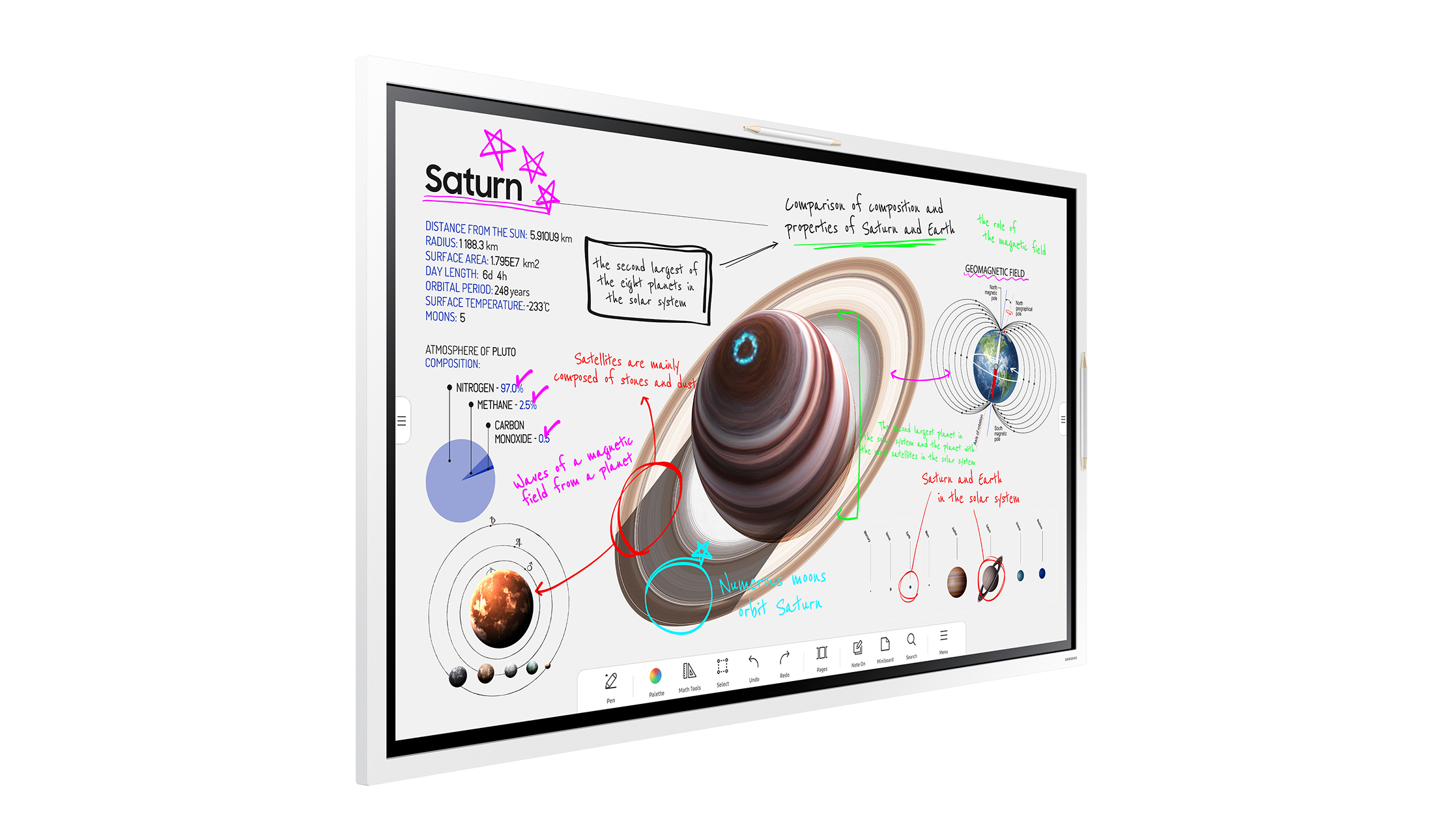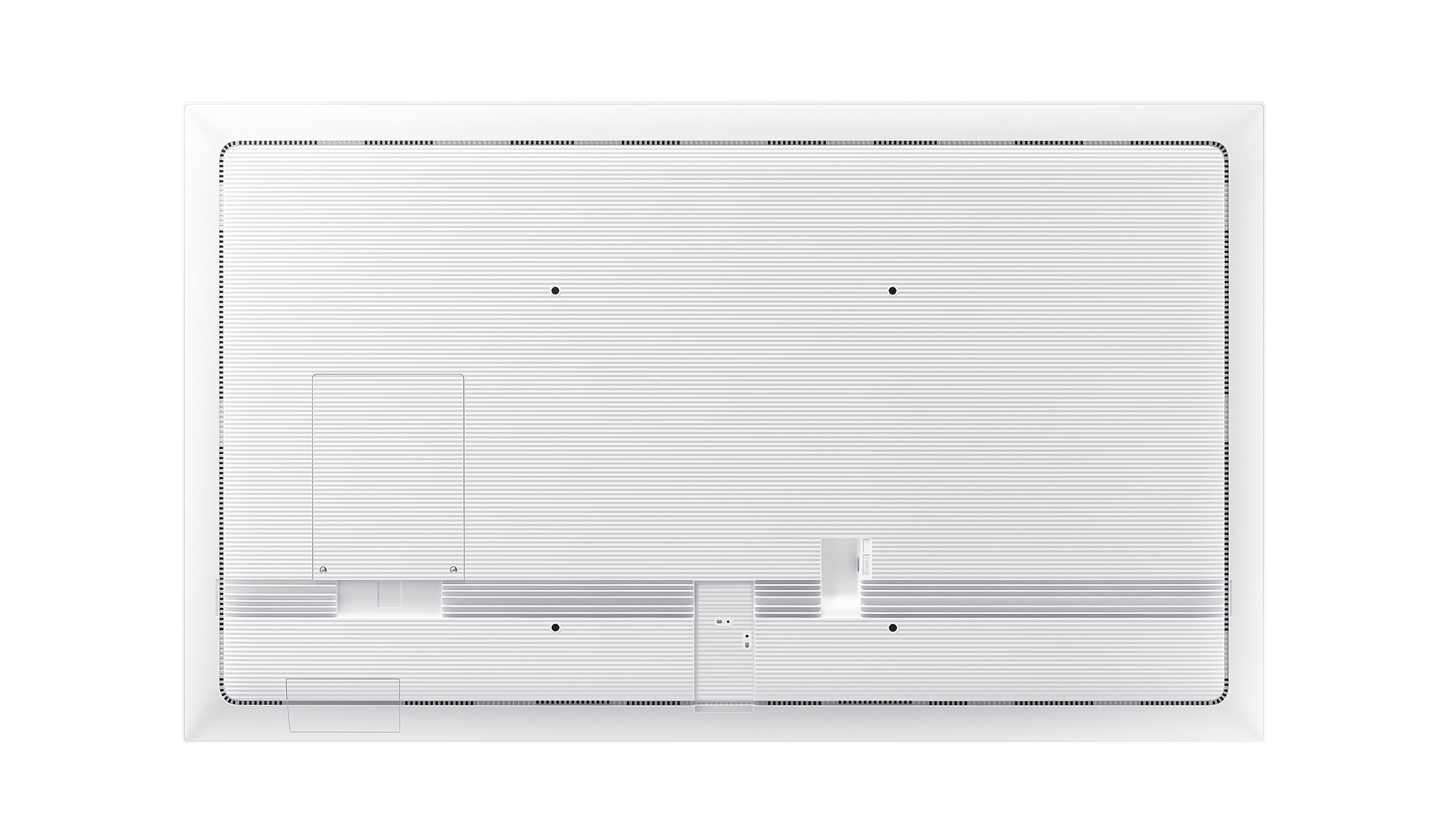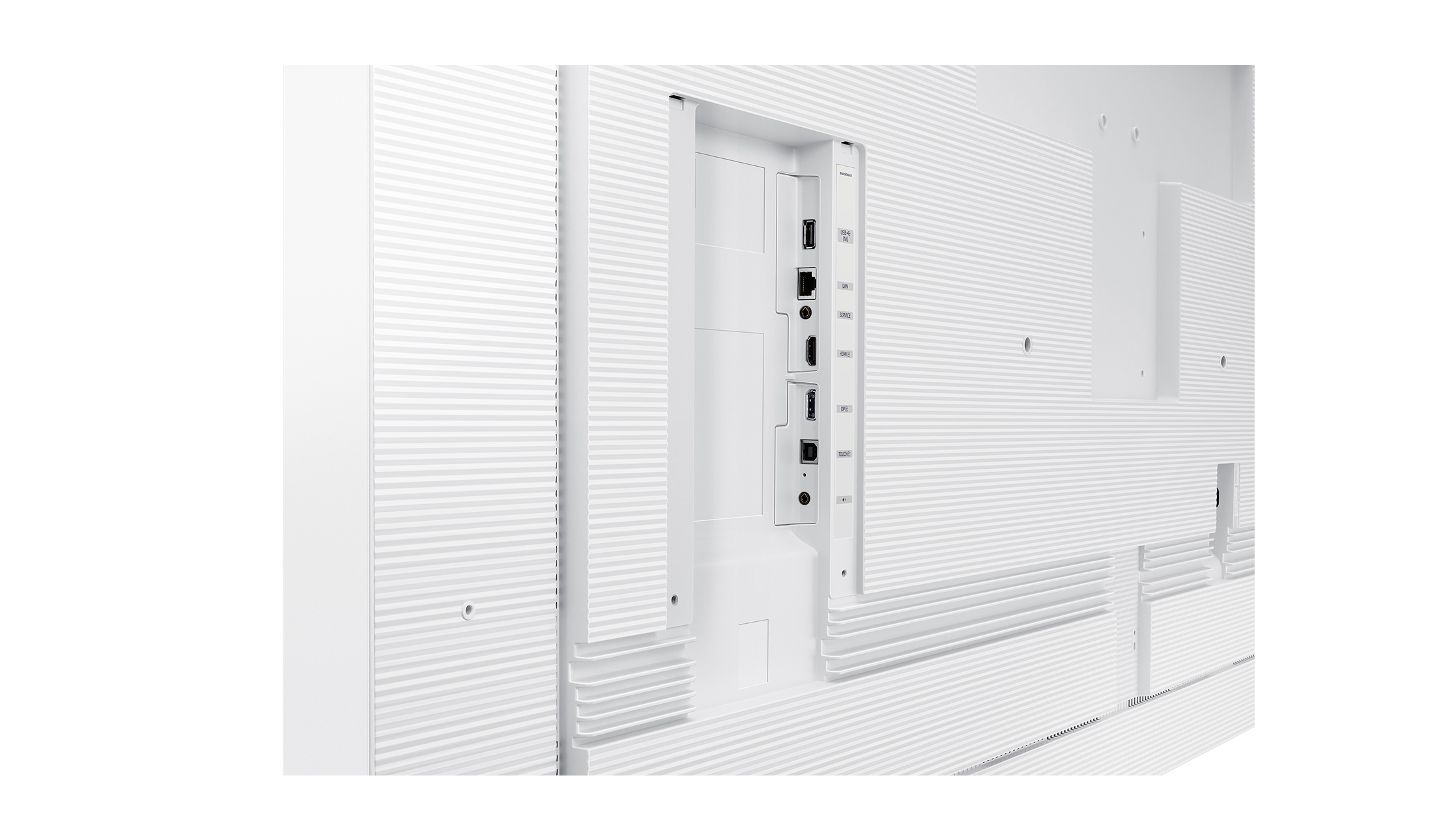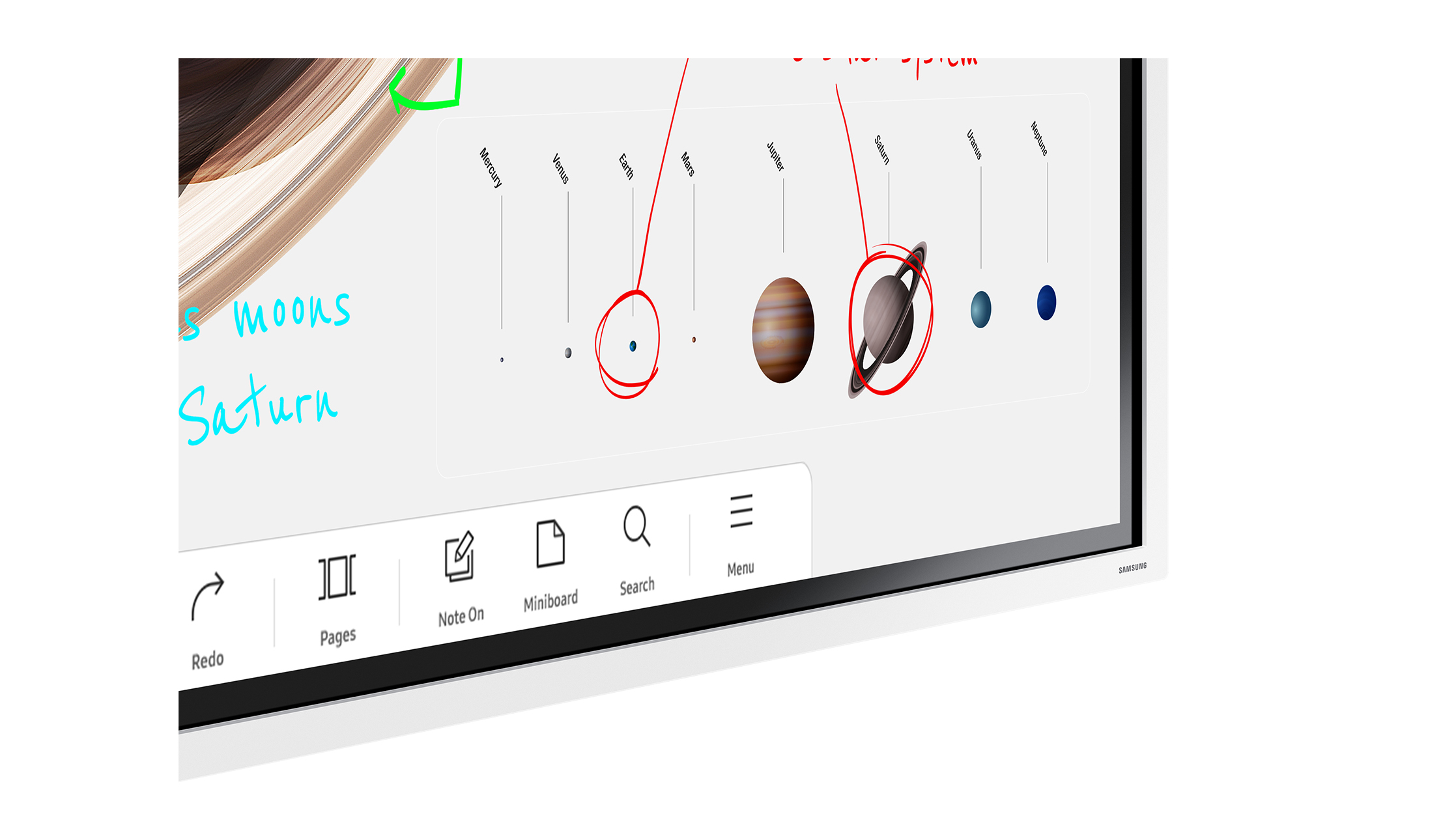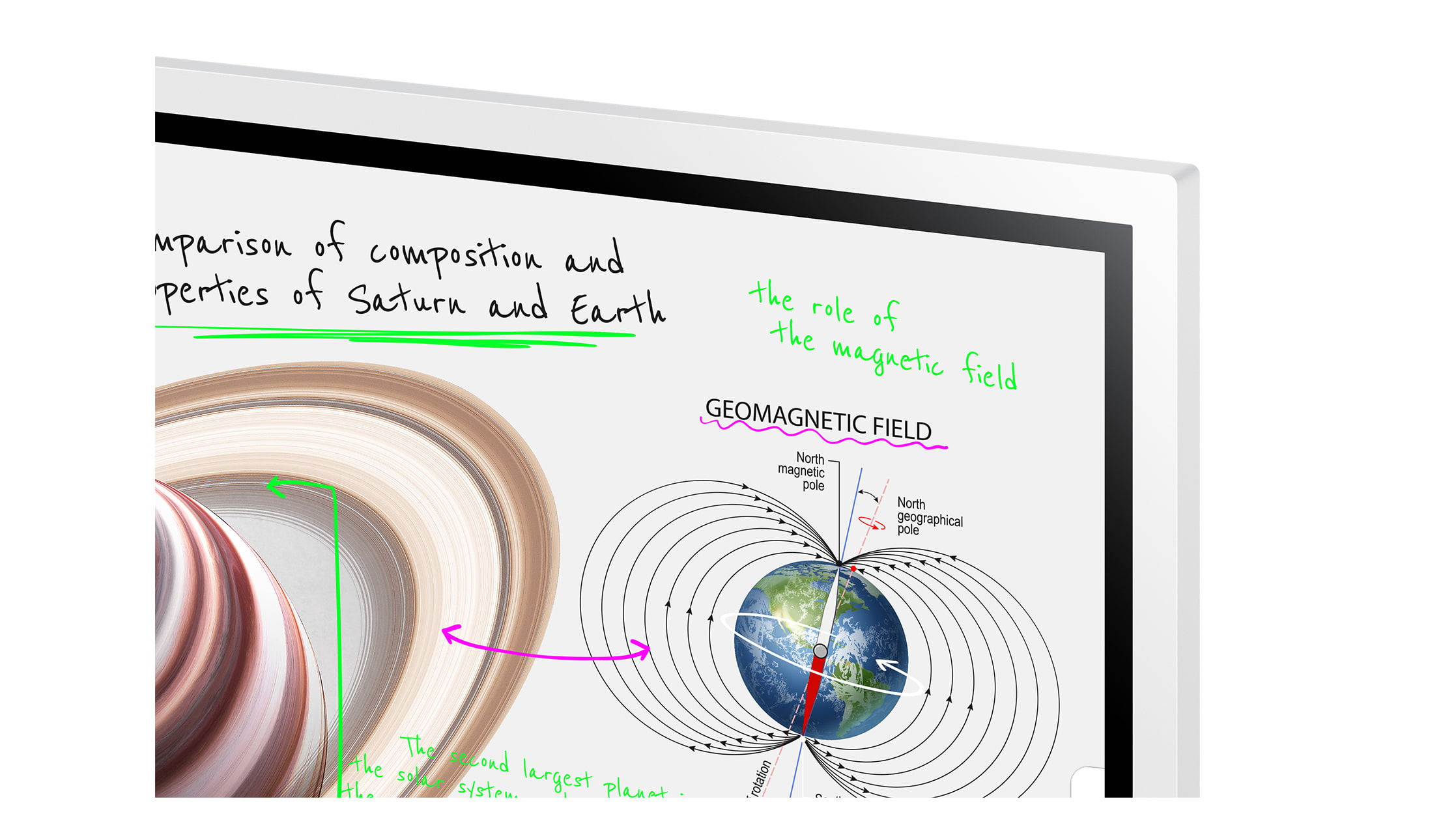44 inches to 55 inches
Displays from 44 inches to 55 inches are mostly in the field of digital signage. They are a size that makes it easy to place messages without being too intrusive. Displays from 55 inches are also an interesting solution for huddle rooms, where a handful of people work, so you can find interactive displays from a size of 55 inches.
140 Products
Sort by:
Page
Page


